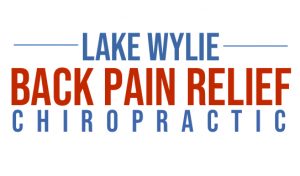Whiplash commonly occurs as a result of a motor vehicle collision when, typically, there is hyper-motion in one direction followed by motion in the opposite direction in a “crack the whip”-like manner.
The direction of the strike typically dictates the direction of movement of the head so in a rear end collision, the strike is from behind, whipping the head forwards and then backwards. In a side-on collision, a side-to-side motion results. Pain can occur anywhere around the neck, upper back, arms, chest, and/or head, depending on the tissues that are injured. Soft tissues including the muscles, their tendon insertions, ligaments that securely tie bone to bone, the shock absorbing disk in the front of the vertebral column, and/or the nerves that pass through the holes of the spine that innervate the arms and hands can be affected by these injuries.
There can be jaw pain, difficulty in swallowing, balance / dizziness problems, fatigue, as well as concussion or mild-traumatic brain injury which can lead to poor concentration, sleep interference, and memory loss. Low back pain and/or trunk pain can occur from the seatbelt and/or airbag deployment.
The injuries associated with whiplash can lead to disruption of normal daily activity, depression, and anxiety. There can be immediate symptoms or a delay in the onset and pain with its associated disability can last for days, weeks, months, or longer, depending on each case.
Last month, we discussed the grades 1, 2, and 3 or mild, moderate, severe sprains (ligament injuries) and strains (muscle injuries). Previously, we discussed methods of prognosing the lasting effects of the injury in a reported classification system called “whiplash associated disorders” or WAD I, II, III, & IV. Here, the differentiating feature is pain with no objective exam findings (WAD I), the presence of objective loss of motion but negative neurological findings (WAD II) or the presence of measurable neurological dysfunction (WAD III). Studies have shown that the likelihood of prolonged injury increases with each WAD grade.
A side-to-side or front-to-back mechanism of injury can result in damage to the ligaments in the back of the spine called the supra- and inter-spinous ligaments, the disk and/or nerve root that exits the spine allowing the arm and hand to sense and be strong (when it’s not pinched or damaged like in a WAD III) and/or, the bone which can compress when the force is hard enough (WAD IV). A concussion can occur when the brain bounces against the inside of the skull.

